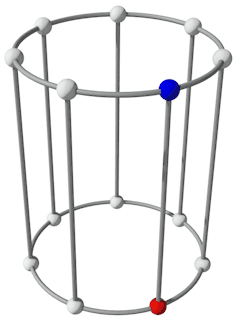Hello everyone,
The problem set of the 2019 PSUT Coding Marathon will be available in Codeforces Gym on Apr/30/2019 18:00 (Moscow time).
You will be given 5 hours to solve 11 problems of difficulty similar to Div.2 contests. The problems are sorted by their estimated difficulty but we recommend reading all problems.
The problems were written by Reem and Hasan0540. Thanks to Jester, Vendetta. and Dark for helping us in preparing some of the problems.
Errichto will be solving the problems in a live stream soon (the time and links will be posted here later). We believe it would be a great learning opportunity to participate in the contest and try all problems and then to watch the stream.
We hope you enjoy the problems and we welcome all feedback!
UPD: Errichto will do the live stream tomorrow, more details here.









 , and those two cycles are connected using vertical edges, then we found a solution. Note that sometimes you need to reverse one of the cycles to align the vertical edges.
, and those two cycles are connected using vertical edges, then we found a solution. Note that sometimes you need to reverse one of the cycles to align the vertical edges.
 , where
, where 


